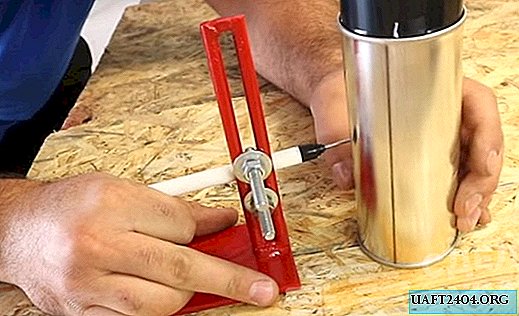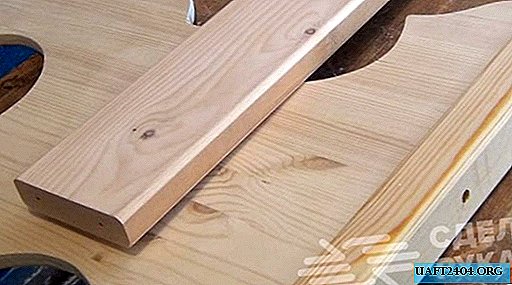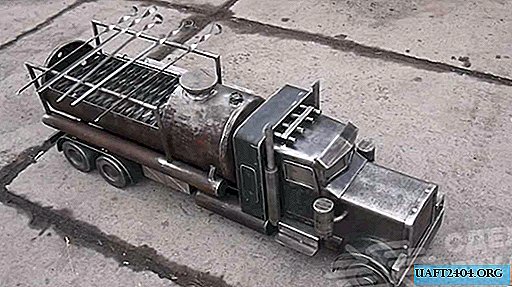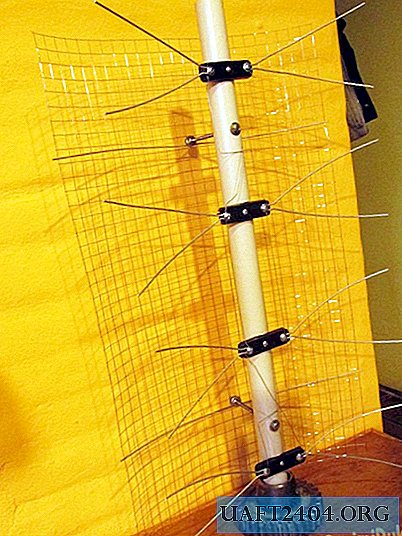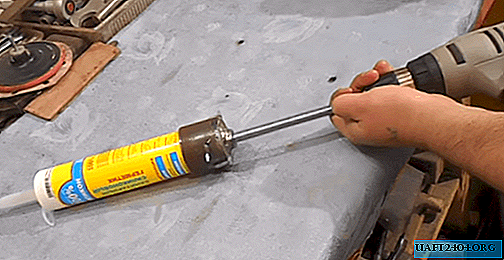Share
Pin
Tweet
Send
Share
Send
Thick walls and interfloor ceilings interfere with its passage, especially if they are reinforced concrete. As a result, the signal is partially reflected, partially absorbed, and only some fraction passes through the obstacles. But you can deal with this problem.
Wi-Fi Router Signal Strengthening Methods
They are simple and complex, paid and free, but the main thing - in fact, in one way or another, they solve the problem under consideration.
1. Update the firmware of the router. Weak Wi-Fi is probably a consequence of the old router firmware. To fix it, you need to upgrade it by downloading the latest version of the software package.
You can take the program from the website of the company that produces the router, be sure to consider the model of the device. It should also be taken into account that the same model may have several different revisions. Information about this can be read from the label located at the bottom of the router.
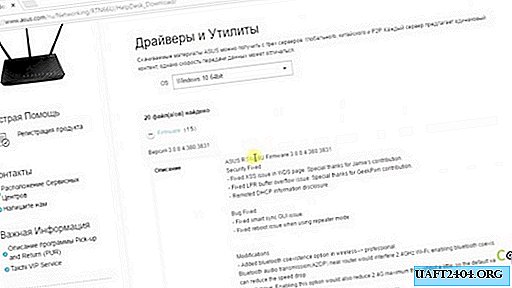
Some models of routers have the ability to recognize new firmware and enter it yourself. The corresponding button in such cases contains this device configuration interface.
Perhaps, over time, a separate video may appear, in which it will be thoroughly told about the flashing of the router.
2. Select a free channel. This method is especially appropriate when Wi-Fi routers are also available in neighboring apartments or offices. It may happen that one wireless channel serves a number of competing devices.

For this reason, the weakness of your signal or even its complete absence is explained by the work of competitors. Trying to connect to your access point will not do anything. In this situation, through a special program, you should check the ether and determine which channels the nearest routers work on. It remains only to use the free or not very busy channel.
Only some models of these devices contain this feature in their software. For those without it, it is better to use the free Wi-Fi scanner program. Having installed it, it is enough to use the free demo mode, and nothing more is needed.
Phones and tablets are also provided with similar programs (see the App Store and Play Market app stores).
3. Take advantage of the 802.11n standard, especially if your router uses mixed mode. Many modern devices have been using this standard for a sufficient time, which provides a signal of a wider range and power, when compared with a set of standards 802.11 a, b, d.

If possible, devices that support the standards 802.11a, b, g, it is better to de-energize, because they have a low intensity. The router supports them by default, which leads to braking of the entire network.
4. Go to the 5 GHz frequency indicator., especially if the router is quite advanced and expensive, because it has two operating ranges - 2.4 GHz and 5 GHz.

Despite this, many users operate at a frequency of 2.4 GHz, which is why there is a strong overload on it, and this does not contribute to the quality and reliability of Wi-Fi signals.
If possible, use a frequency of 5 GHz. Since it is not used much, it is almost always not busy. The transition can be made from the basic settings page of the router.
5. Correctly install the router in the room. At the same time, wireless communication will always be better. The most optimal place for this is the center of the living room or office at a distance of 150 cm from the floor.
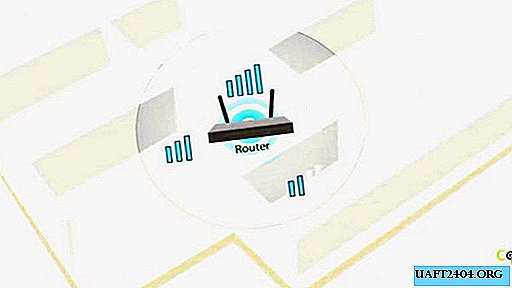
When such an option of placing the router is not possible, then the following conditions should be provided in the old place: the device should not stand close to the wall, not close to the floor or ceiling.
It should also not be placed in a niche or closet. The proximity of household appliances: a refrigerator, a microwave oven, a TV, etc. can interfere with the signal flow.
6. The signal will pass better if the antenna is in the correct position. We must try to put it in different places and reject it at different angles until the optimal parameters are found.
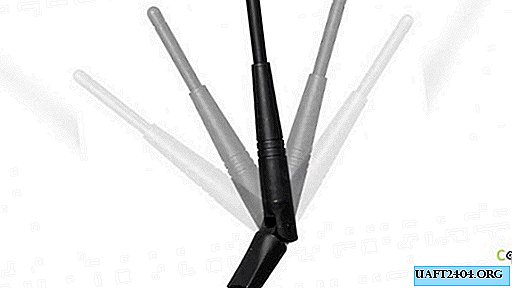
7. Reboot the router. Some models have an unpleasant feature: from long-term operation, the quality indicators of Wi-Fi communication deteriorate. To avoid this, turn off the power from time to time until the appliance cools down. This can be done at night or during the day while you are at work.

In some cases, it is useful to use a short reboot. To do this, just turn off the router for 60-120 seconds, after which you can supply power again. Just remember that rebooting is not a reset, so do not press the Reset button.
8. Control access to the network. When choosing a password, you should not use simple combinations. They are not difficult to recognize by others, after which your router will be free for all your neighbors to access the Internet.

But this is still half the battle, worse, that at the same time, quality and speed indicators of the signal are greatly deteriorated. Moreover, even a complex password needs to be changed after some time or controlled via the router interface if anyone is connected to the network. It is possible that one of the family members informed one of the neighbors of the combination of numbers and letters, that of the second, etc. As a result, even a complex combination of characters may be known to some neighbors on the porch.
The device’s interface shows who is currently using your router, which means you can take organizational and other suitable measures.
9. Increase transmitter power. Some Wi-Fi routers are power adjustable. The value of this indicator may be less than the maximum. Now it’s enough to raise this indicator to the highest router settings.

10. Install more powerful antennas. When the router is equipped with removable antennas, it becomes possible to replace them with more powerful products. Ordinary home routers have antennas with a gain of 3 to 5 dBm.

If you replace them with antennas at 9 ± 1 dBm, then the quality and power of the signal will noticeably improve. You can also use a remote antenna, the cable of which allows you to install it at a certain distance from the base.
11. Use a makeshift amplifiermade from an empty beer can. About the methods of manufacturing such amplifiers a lot of information on the World Wide Web.

12. Install a repeater or repeater. These devices receive signals from the router and transmit them further, increasing the Wi-Fi coverage area. Repeaters must be placed at points where the signal still has power, and not where it is almost gone. Given the brand, power and quality indicators, these devices have a price from 900 to 1200 rubles.

13. Install alternative firmware. They are created, in addition to instrument manufacturers, by many enthusiasts. Using alternative firmware, you can significantly increase the performance of your home router: maximize power by expanding the scope that the manufacturer’s firmware outlines.

Didi vert programs are compatible with many models of routers, but we must take into account that no one can guarantee that the installation will work fine with alternative firmware. Everyone must decide for themselves whether or not to use such materials.
14. Buy the most modern and powerful router. This option gives the best results, but you have to pay a lot of money. In the meantime, the channel you are currently using contains information about them that have developed in 2018.

15. Use receiver upgrades instead of boosting the input signal. This is the receiving antenna of the receiving device, which is used to catch Wi-Fi. For the phone and tablet, this approach is not acceptable.

For little money there is the opportunity to acquire an external antenna or signal receiver, more sensitive than in a computer or laptop.
Two comments at the end
Some of the tips described above are suitable for some router models, but not for others. Also, do not maximize the power of the Wi-Fi signal, since in this case things are worse with its reception. An ideal Wi-Fi signal is considered to be from 60 to 65 dBm.
Share
Pin
Tweet
Send
Share
Send



